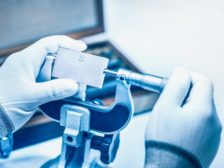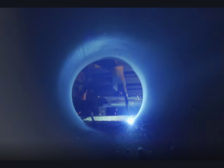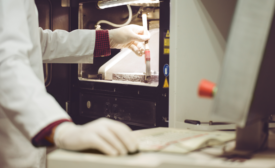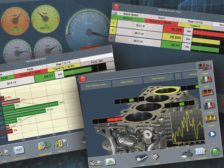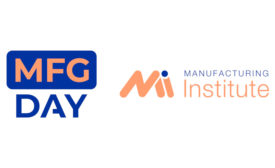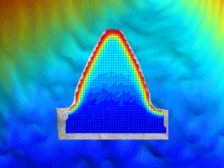Home » manufacturing
Articles Tagged with ''manufacturing''
NDT | Back 2 Basics
What Can Eddy Current Testing Do for Me?
This versatile tool can be used to solve or prevent material with property issues from leaving a munufacturing facility.
October 15, 2021
NDT | Certification
Nondestructive Testing Certification Programs Today
The need to formalize the qualification of NDT practitioners gradually became apparent.
October 15, 2021
NDT | Ultrasonics
The Critical Role of Ultrasound in Advance Additive Manufacturing for Industrial Applications
Inspection plays a critical role during all phases of product development and implementation, making UT methods an enabling technology for new AM applications.
October 15, 2021
NDT | Computed Tomography
Industrial CT: 3D Inspection and Metrology for 3D Printing
CT inspection of the final part can check that the manufactured part exactly matches the initial 3D design, providing dimensional analysis and metrology of all critical internal dimensions.
October 15, 2021
Column | Darryl Seland
From the Editor: Serendipity, A Meaningful Connection?
October 8, 2021
Software & Analysis
Gaging Software’s Changing Role
As manufacturers become leaner and integrate metrology in innovative ways, openness and interoperability are paramount.
October 8, 2021
Quality Headline
MFG Day 21 Commences in Person and Virtually Amid Record Career Opportunities in the Manufacturing Sector
October 1, 2021
Test & Inspection
Digital Technologies in Hardness Testing
Modern computer control of hardness testers has advanced far beyond making a single line of indents.
October 1, 2021
Management
Robots Get the Job Done
Mobile robots are an increasingly important part of modern manufacturing.
October 1, 2021
Stay in the know with Quality’s comprehensive coverage of
the manufacturing and metrology industries.
eNewsletter | Website | eMagazine
JOIN TODAY!Copyright ©2024. All Rights Reserved BNP Media.
Design, CMS, Hosting & Web Development :: ePublishing
